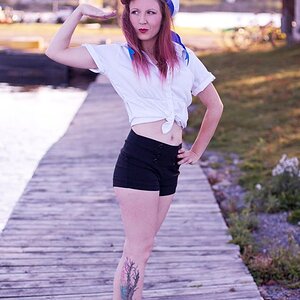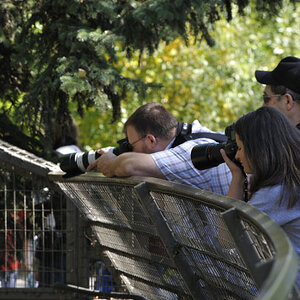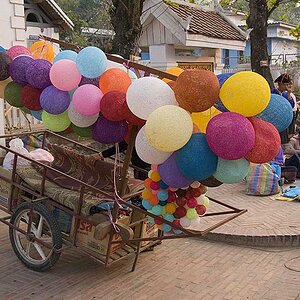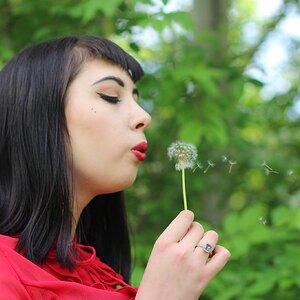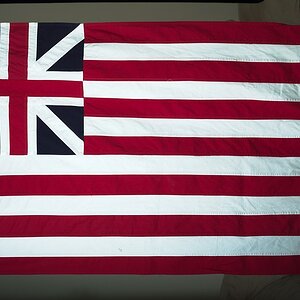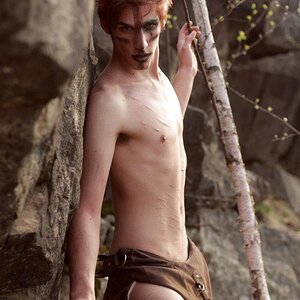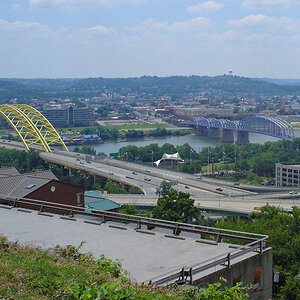Braineack
Been spending a lot of time on here!
- Joined
- Jun 17, 2013
- Messages
- 13,214
- Reaction score
- 5,613
- Location
- NoVA
- Can others edit my Photos
- Photos OK to edit
but: the step size from 400mm to 800mm might be from $1,000 to $20,000. Plus the lenses weigh a ton.
keep the 400mm lens, shoot 4/3rds. However, IMHO, the image shot with $20,000 long fast glass on large sensors are superior images.


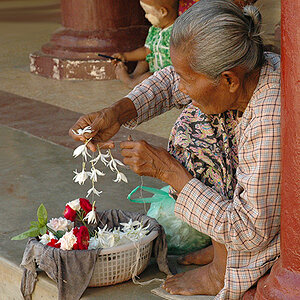
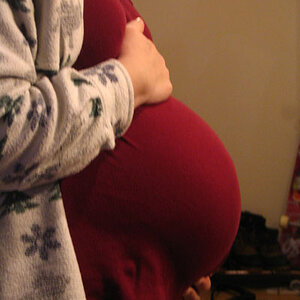
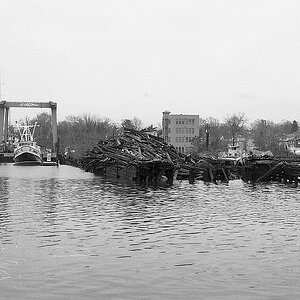
![[No title]](/data/xfmg/thumbnail/38/38721-a6c38c7ae974a8a5518bfbf14be98f18.jpg?1619738701)
![[No title]](/data/xfmg/thumbnail/40/40287-4f839095000f74d779b90ed75df9dc62.jpg?1619739408)
